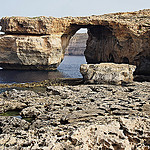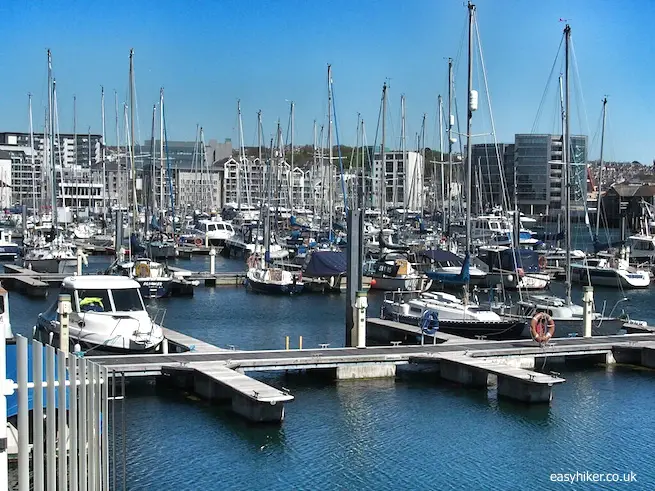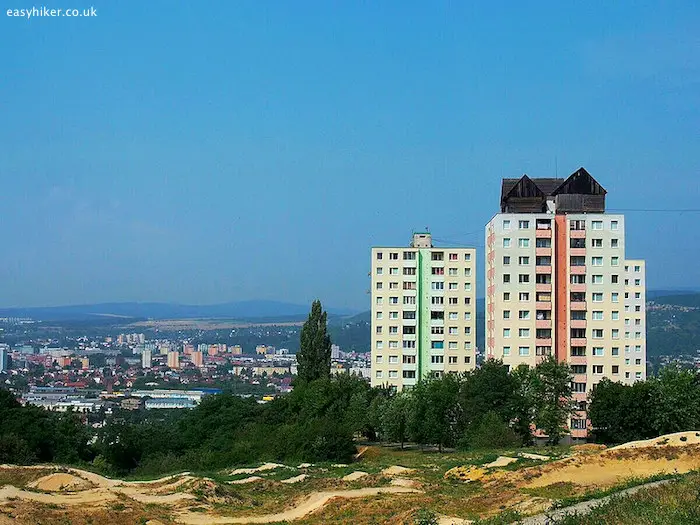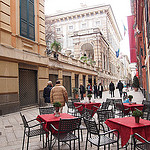Towns in provincial France or La France Profonde come in two varieties: they either aspire to be smaller versions of Paris, or they do not. Auxerre – as near the geographical centre of the country and, perhaps, its heart as you can hope to get – is an excellent example for the second group.
Auxerre’s apparent lack of love for all things Parisian – grands boulevards lined by ornate 19th century apartment buildings and the architectural statements of state or church– is returned in kind.
I remember that for the citizens of the French capital (full disclosure: I was one of them for 20 years), Auxerre is a byword for everything that Paris is not: proudly traditional, …
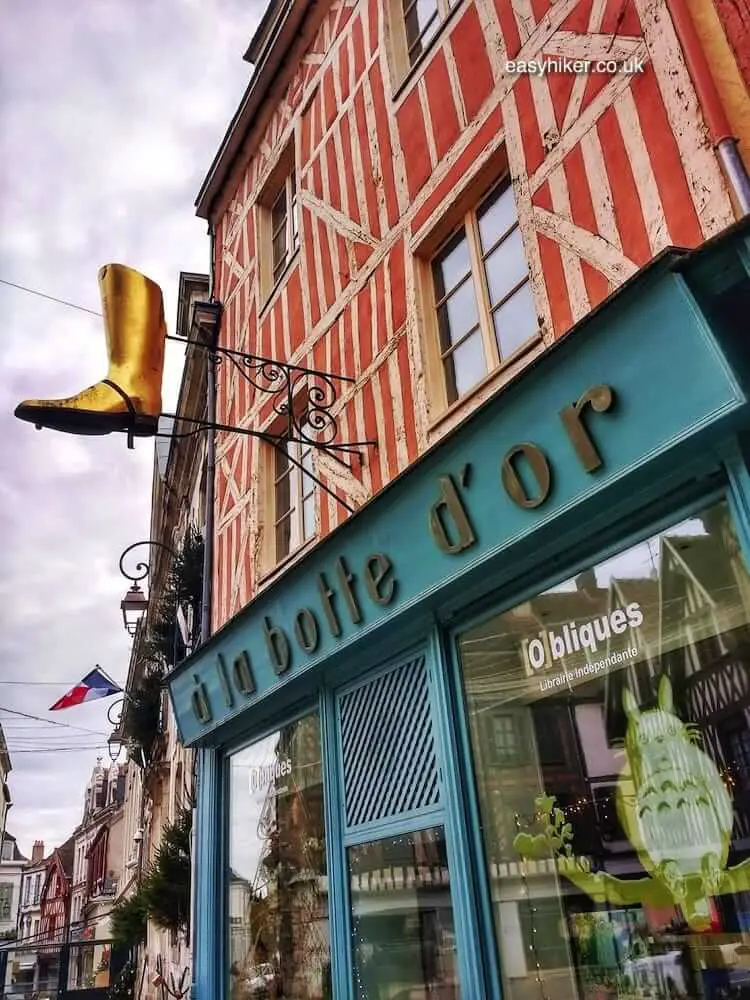
… calm, perhaps even a little dreamy, …
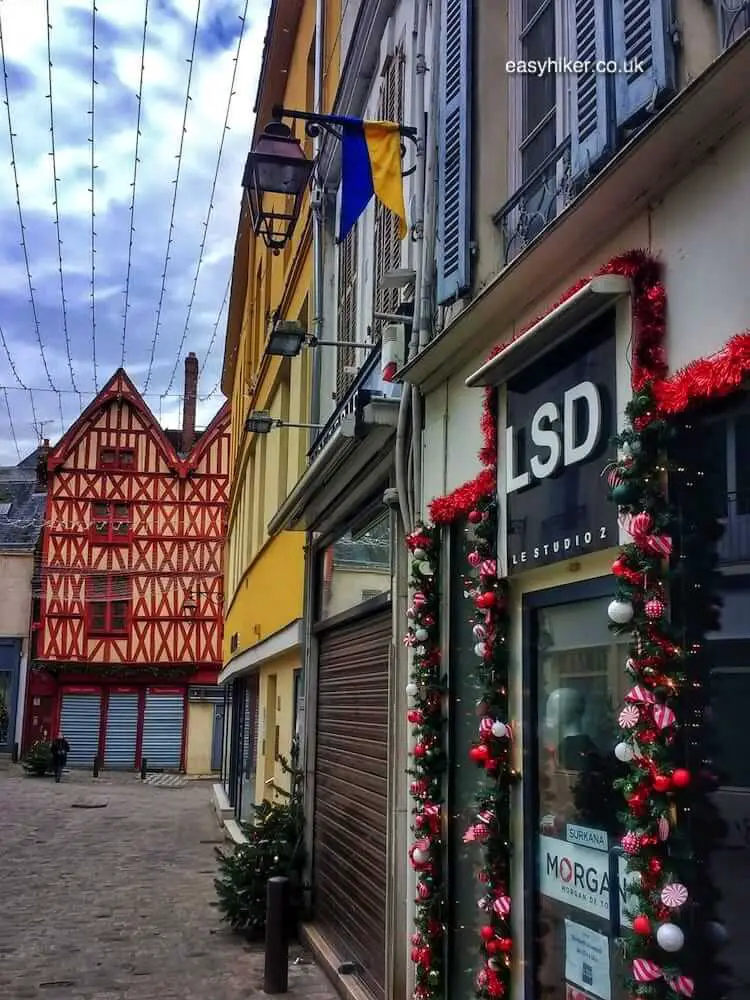
… and probably best suited to people who believe that the fast pace of a modern metropolis is the devil’s work …
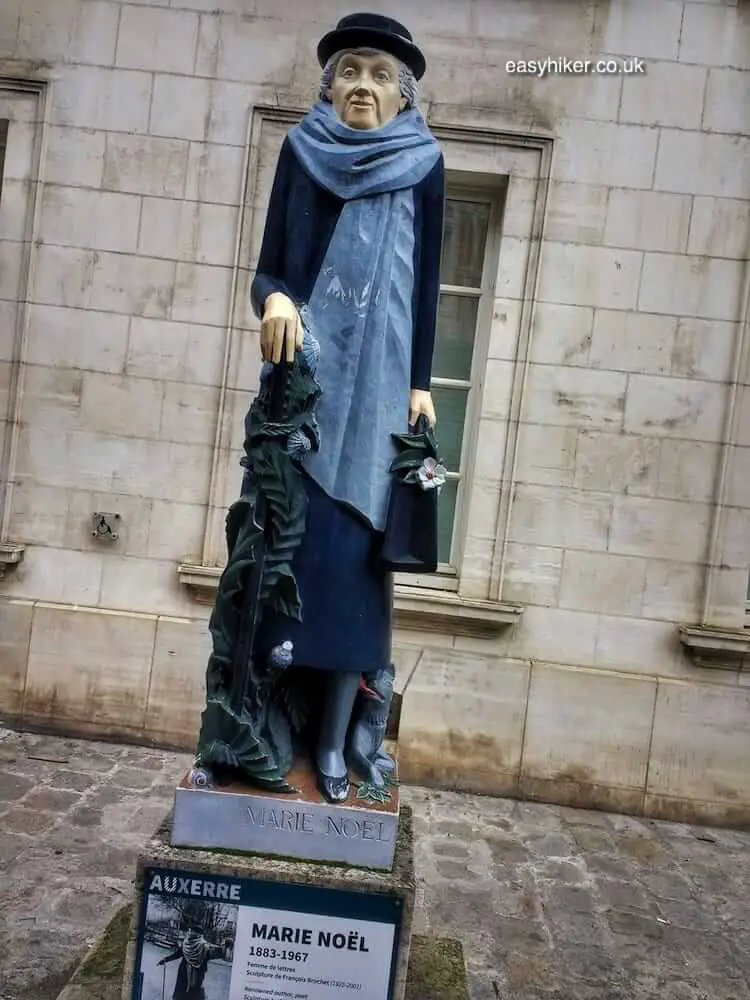
… and people who have a taste for life’s simpler joys.
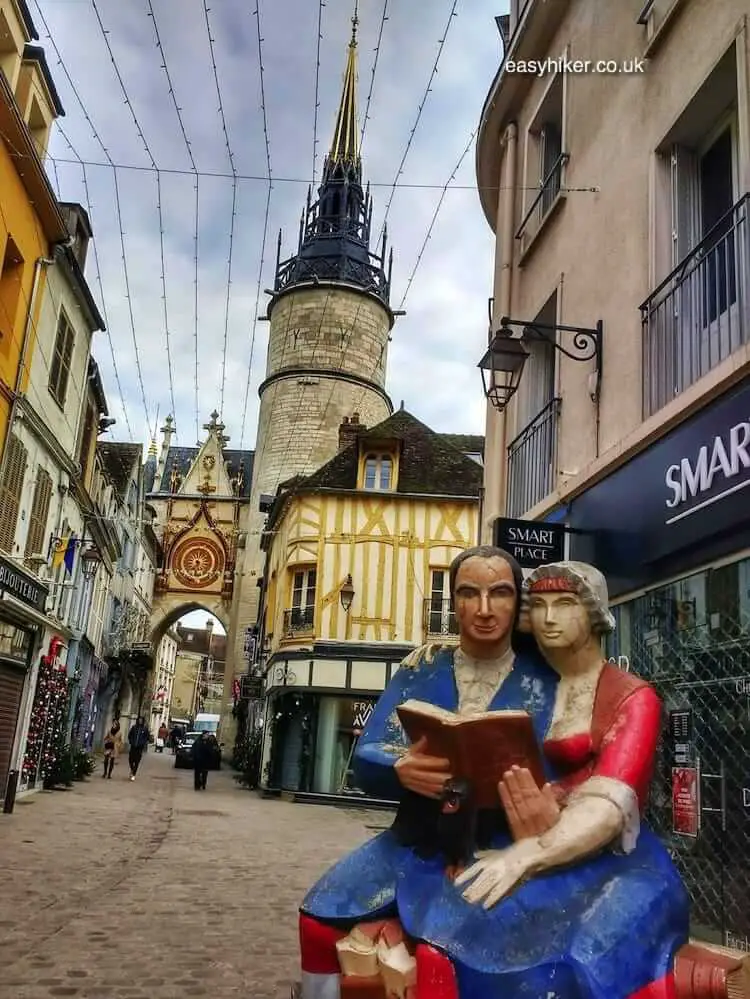
It is probably fair to say that outside of Paris, too, Auxerre would not be many people’s first choice for a romantic weekend, never mind a longer holiday. (Across France, the town is mainly famous for its football team and its indestructible ex-manager, the wily Guy Roux, who ran the club for a barely believable 45 years.)
A brief stopover, however, will be worth your while once you accept Auxerre for what is: quite possibly the least urban town in the country and something like the spiritual capital of rural France, La France Profonde.
In many ways, modernity appears to have passed Auxerre by: the Auxerrois saw it, had a sniff and decided they could do very well without it.
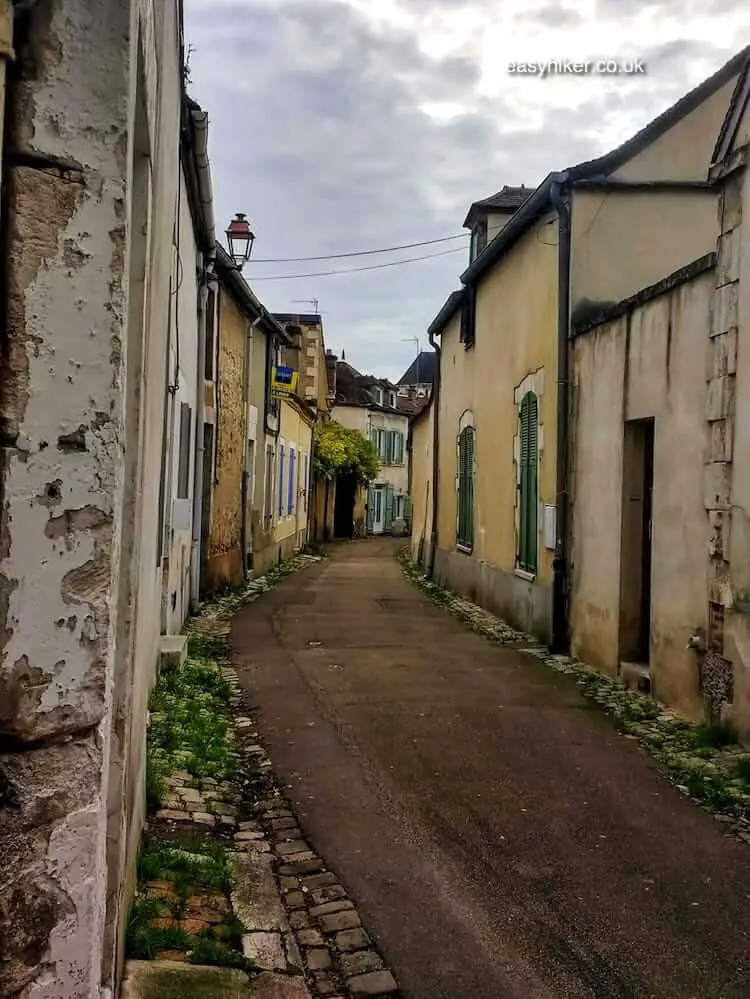
There are three things that you should not miss on your visit. We suggest you start by exploring the town centre with Auxerre’s two magnificent churches, the Cathedral and the Abbey.
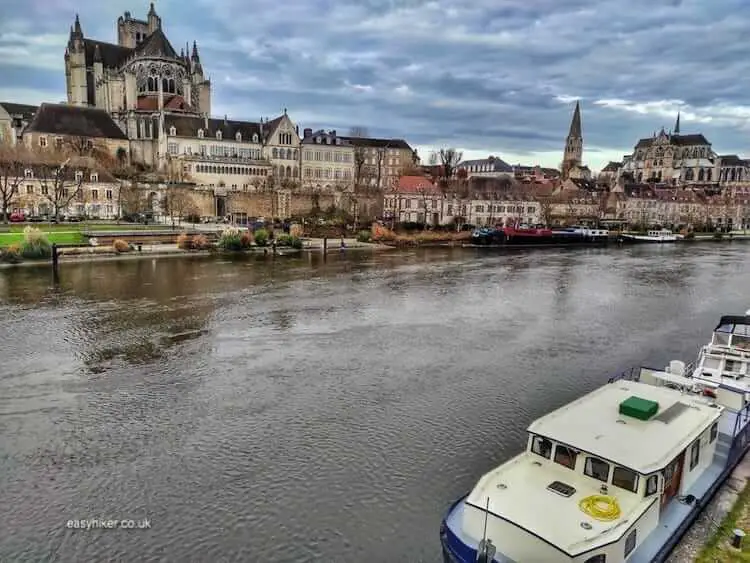
The historic quarter west of the Cathedral is full of rustique charm …
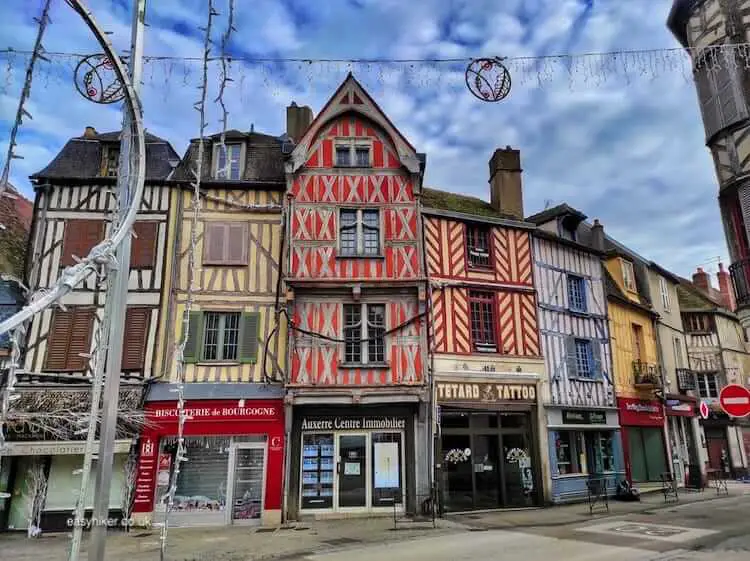
… and features some architectural highlights, too, including the 15th century Tour d’Horloge with a clock that is operated by a unique mechanism (one hand for the time of day, one hand to indicate the phase of the moon) …
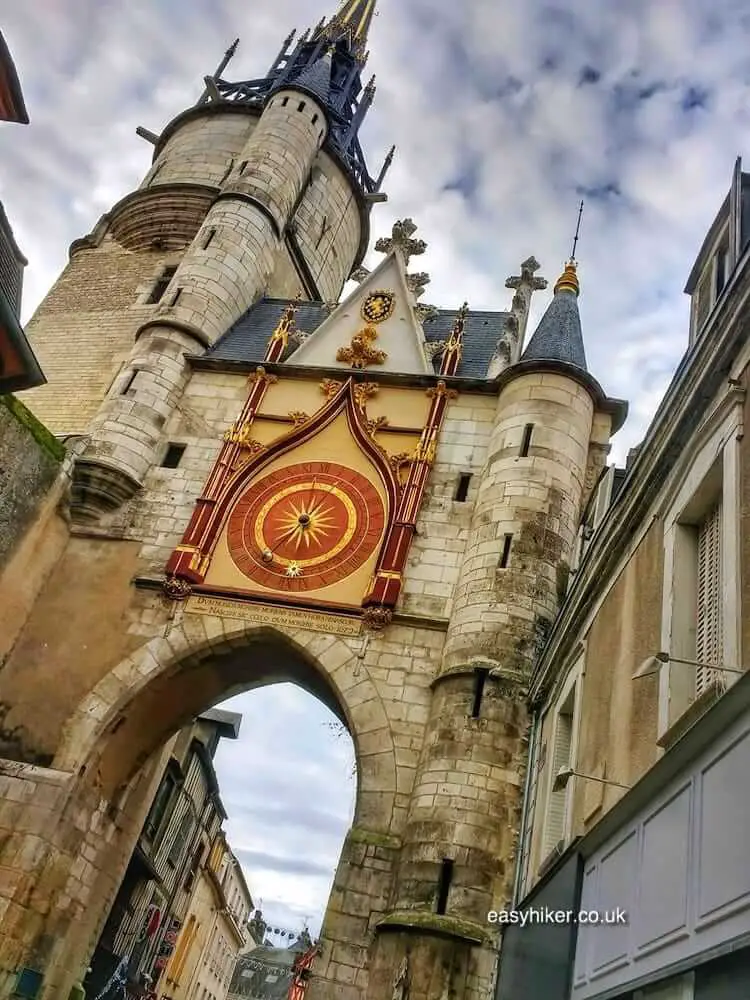
… and the late Gothic Eglise Saint Pierre, richly decorated in the “flamboyant” style.
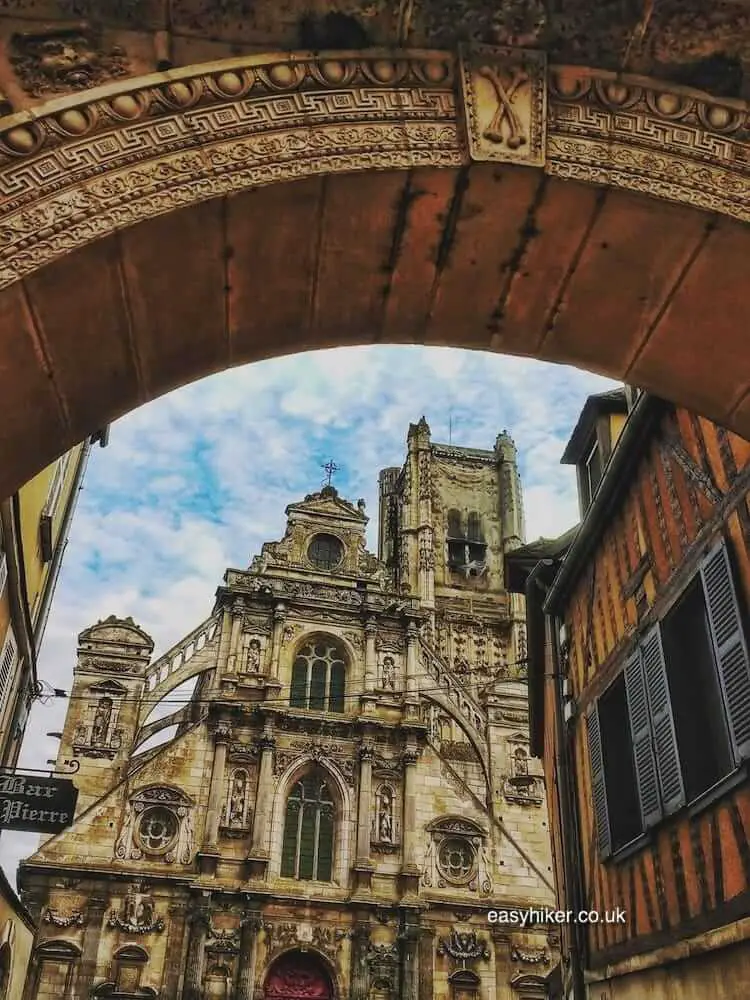
Number two on the itinerary is a scenic riverside walk. The river in question is called the Yonne …
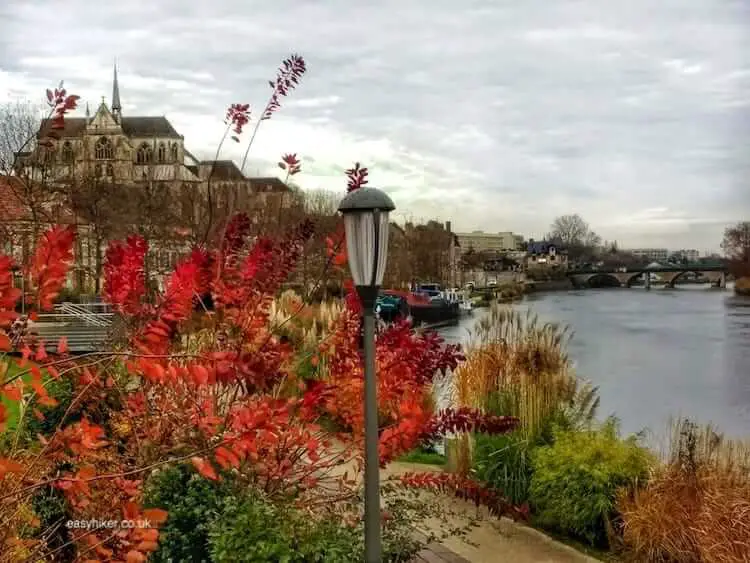
… which also gave its name to the surrounding department, thus ensuring that the county marks the back – 89 out of the original 89 – in the alphabetically ordered list of France’s regions whose numbers are visible on car plates and post codes. (The Parisian suburbs, ranging from 91 to 95 in the modern list, were tagged on much later.)
Turn east on the river bank of the town centre, the Yonne on your left hand side, and after a few hundred metres, you will pass the Pont Paul Bert.
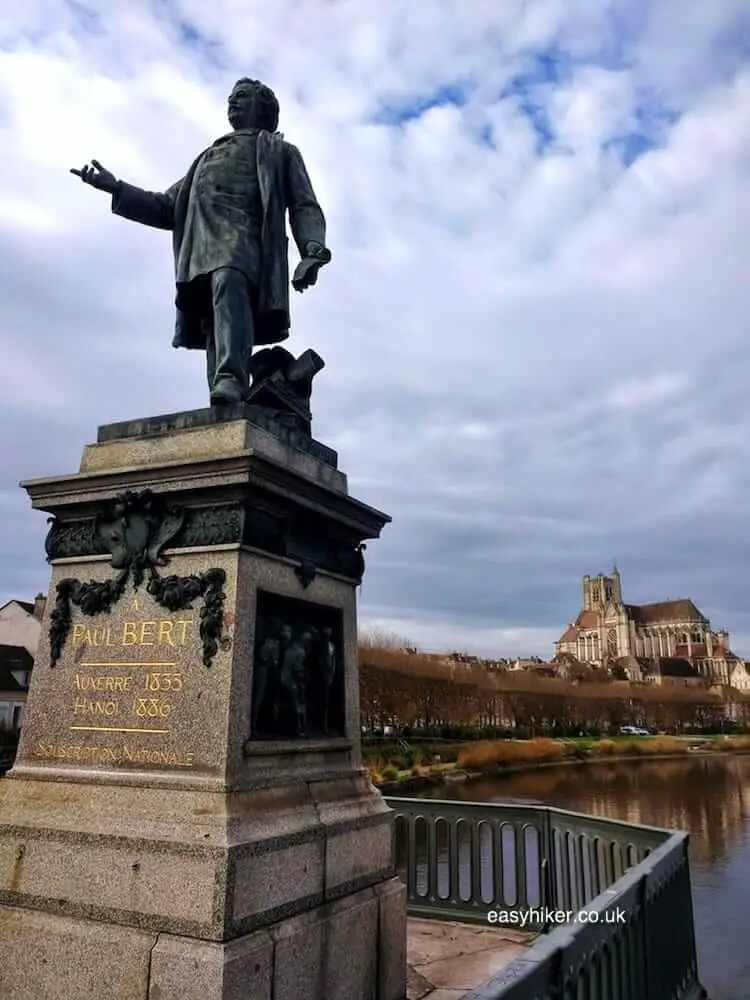
If you are still wondering what makes Auxerre tick, here is a hint – in the form of a brief introduction into the history of this bridge and the statue that stands in its middle.
Paul Bert, one of France’s leading progressive politicians during the late 1800s and the most famous of Auxerre’s citizens (at least until Guy Roux led the local football team to four French cup triumphs), died in 1886 while serving as the Chief Administrator of French Indochina.
The French government decided to honour Bert by erecting a statue in his hometown, and the municipal authority – originally cooperative and grateful for the attention it received from the capital – got cold feet once the local clerics voiced their objections: Paul Bert had been a staunch Republican all his life and a firm enemy of all attempts to restore the influential position of the Catholic Church.
Once it became clear that no statue to honour Paul Bert could be erected in the town centre, the central government found an elegant solution: it decided to relocate it to the only place in town that was not subject to municipal authority, which was the bridge that crossed the Yonne and had a status similar to that of a Route National.
This is how Paul Bert came to stand in the middle of the river. (You may also note that he has turned his back to the town and both of its prominent church towers.)
After you have had a closer look at the statue, return to the left bank and continue a little further down the river path. Soon, you will reach the Canal du Nivernais, which connects Northern France’s two main rivers – the Seine and the Loire – over a total distance of 174 km.
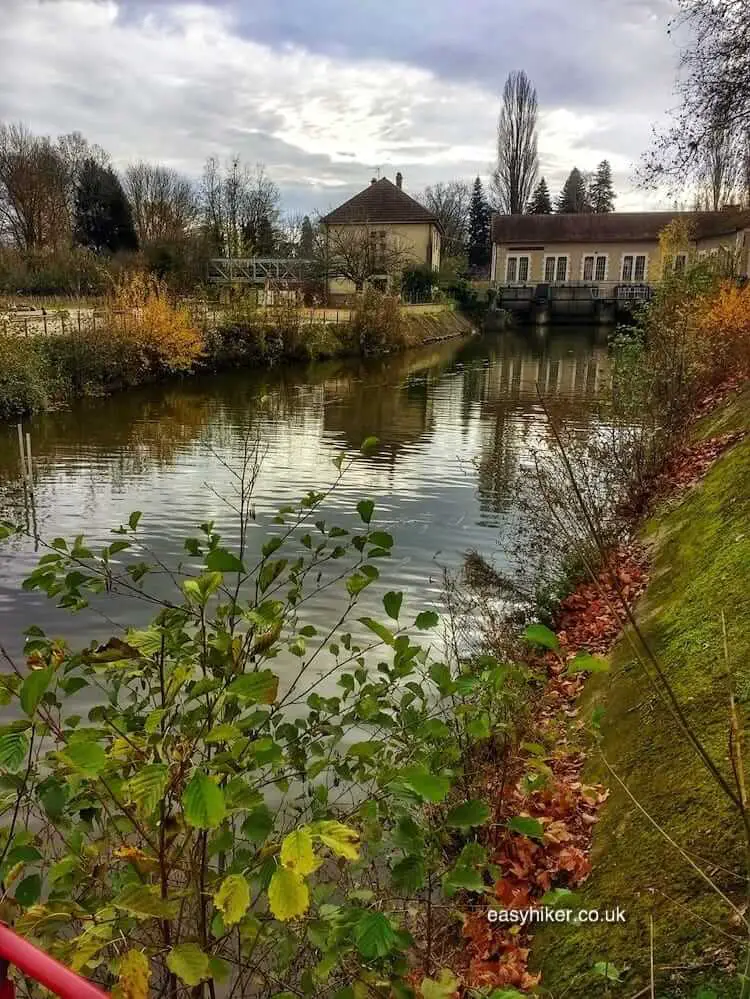
Use the iron bridge to cross over to a charmingly located river island called the Ile des Plaisirs.

Do not expect too much, however: the pleasures on offer are of a simple kind, as befits down-to-earth Auxerre. The island is peaceful, calm and perhaps a little dreamy – but, although small, fun to explore.
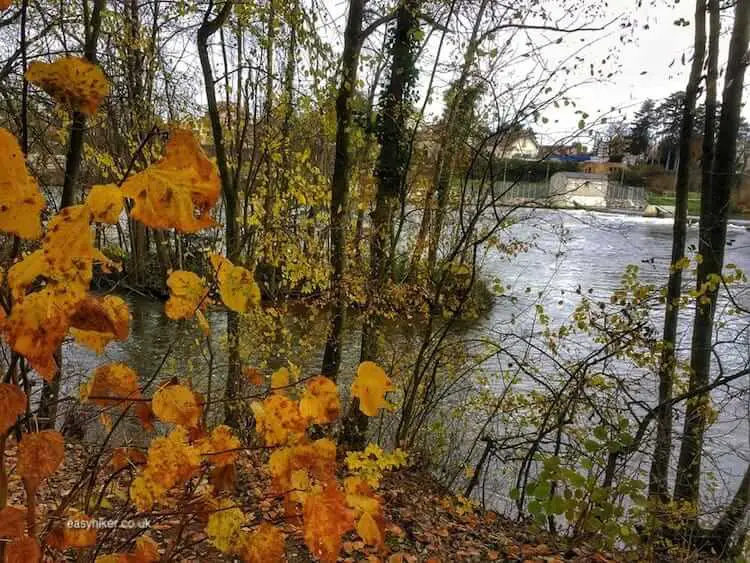
And so to the last item on your Auxerre-To-Do-List: dinner.
The French cuisine is famous all over the world, but unlike its Italian counterpart – which really does form one coherent group – the national cuisine of France comes in two varieties: one refined and playful, the child of a royal and courtly culture (semi-imprisoned aristocrats in Versailles with little to do but to eat and sleep with others’ spouses), the modern descendant of which is the multi-course menu de degustation in Michelin-starred restaurants, and the other comprising the dishes originally served for a prosperous rural peasant class, connected in a straight line with today’s brasserie specials such as escargots and Boeuf Bourgignon.
You will, by now, not be overly surprised to hear that Auxerre is the perfect place to sample the second. We ourselves did so at Un Air de Famille, a place that serves rich and traditional food with a modern touch. (Try the local specialty of Oeuf Meurettes, poached eggs in a meaty red wine sauce.) We found that this was the perfect way of rounding off our visit in la France Profonde.


